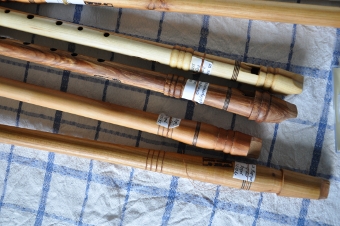 |
Since the midnineties I have been engaged in building wooden whistles. It all started when the flute and fiddle builder Oskar Olofsson taught me how to make the traditional Härjedalspipa. Nowadays I build many different types of whistles, from a range of traditional models to new ones, available with different scaling and tuning. For prices and how to order, click here! |
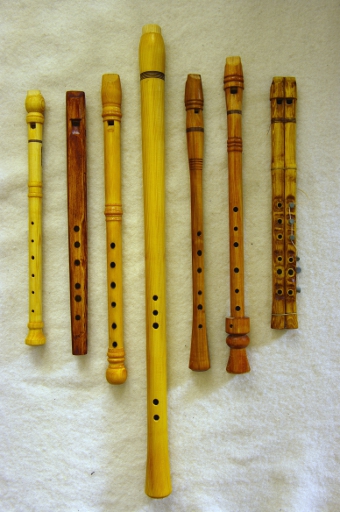 |
These are the whistles that I make. From left to right: The Härjedalspipa*, The Offerdalspipa*, The Bjårskpipa*, The Caval*, The Åspipa, The Månmarkapipa, The Stenlundapipa. For prices and how to order, click here! *Traditional models |
 |
The Härjedalspipa experienced a renaissance in the project “Music in the forests of Härjedalen - past and present”. The Härjedalspipa is a Swedish flute with a drilled cylindrical cavity and six finger holes. Its renaissance originated through collaboration between two folk musicians, Mats Berglund and Ale Möller, and Oskar Olofsson from Lillhärdal, a skilled craftsman and instrument builder. Mats was interested in finding a new type of Swedish flute, that differed from the more well-known types from Dalarna. Oskar have taught me to build this type of flute. Using the traditional Härjedalspipa as a pattern, I have also developed new models in collaboration with musicians and music researchers. In addition to studying different types of flutes in museums all over Sweden, I have found inspiration in six-hole flutes from other parts of Europe. I make Härjedalspipa flutes of many varying sizes. I make flutes with a traditional quarter-tone tuning or, if desired, with a more modern tempered tuning. To top of page |
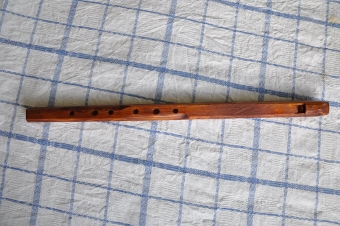 |
The Offerdalspipa is closely related to the Härjedalspipa, but is based on a flute from the museum of the Offerdal Heritage Centre. It was bequeathed to the Heritage Centre in the 1960's by a man from Fiskviken, a village in the borough of Krokom. The Offerdalspipa also has six finger holes on its top side and is made in various keys. It is tuned in a strict major key. To top of page |
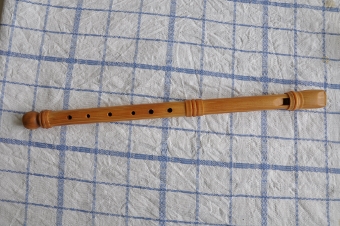 |
The Bjårskpipa from Laxviken in northern Jämtland has a somewhat narrower drilled cavity than the Härjedalspipa and the Offerdalspipa. This gives it a milder tone and makes it easier to play in the second octave using overblowing. The flute originates from the region around Lake Hotagen, where birch trees throng the north-eastern shore - giving the flute its name (bjårsk means birch in the local dialect). The scale is “blue” in character with a neutral third and somewhat high sixth, which gives the flute a folk-music sound that is rather archaic. The original flute on which the Bjårskpipa is modelled was made by the musician Daniel Danielsson in the beginning of the 20th century. You can read more about how the flute was recreated in this research paper by Dan Lundberg. To top of page |
| Pictures and sound examples will be available soon! | In Rumania the Caval is a shepherd's instrument. The pipe is long and has five finger holes and makes use of the technique of overblowing. The lower register is usually rather weak. To strengthen the tone the player often uses the “growl” technique, singing a low, harsh tone into the pipe at the same time as he/she plays. The Rumanian caval belongs to the recorder family and should not be confused with the Bulgarian kaval, which is a more modern, sophisticated instrument that is rim-blown. The actual name originates from Turkey where various different types of pipe are called kaval. The scale in the overblowing register of a caval comprises an augmented fourth and a major sixth. To top of page |
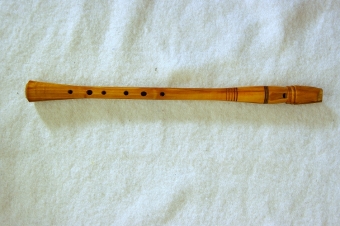 |
The Åspipa is a kind of low-whistle in major key. To top of page |
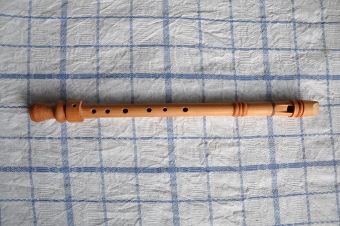 |
The Månmarkapipa is derived from the collaboration between the musician Göran Månsson and me. The flute is a further development of the Swedish six-hole flutes, such as the Härjedalspipa, Offerdalspipa and Bjårskpipan. Göran pointed out to me that there are many tunes that cannot be played on the regular flutes as the melody includes the tone below the tonic. We developed a flute with an extra hole for the little finger of the right hand. The flute is usually made with quarter tone tuning or can, on request, be made in a major key. To top of page |
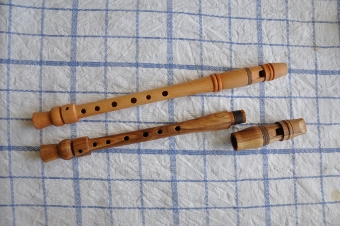 |
New! The månmarkapipa is now also available in a tunable version. Back |
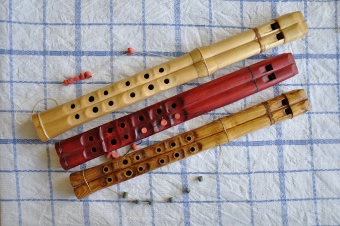 |
All over the world many instruments have been made for playing a melody accompanied by a drone. Examples include bagpipes, hurdy gurdies and the old type of Swedish nyckelharpa. When it comes to flutes, “double flutes” have been used in South and East Europe. They have two pipes, one of which has no finger holes and is used to play the accompanying drone. The Stenlundapipa is a refinement of the double flute in which the tone of the drone pipe can be varied. The flute comprises two pipes in one unit, both of which are tuned in a major key. One of the pipes is equipped with small corks that can be used to close the desired number of finger holes. The Stenlundapipa is constructed by Dan Lundberg and me and is well suited to playing bagpipe tunes and other drone music. It is made in three different sizes: C, A, and G. To top of page |
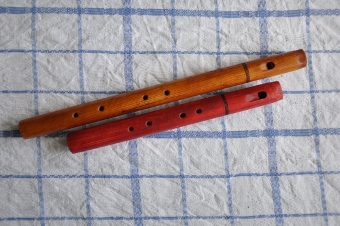 |
I also make whistles for children for Musiklådan Jämtland To top of page |
